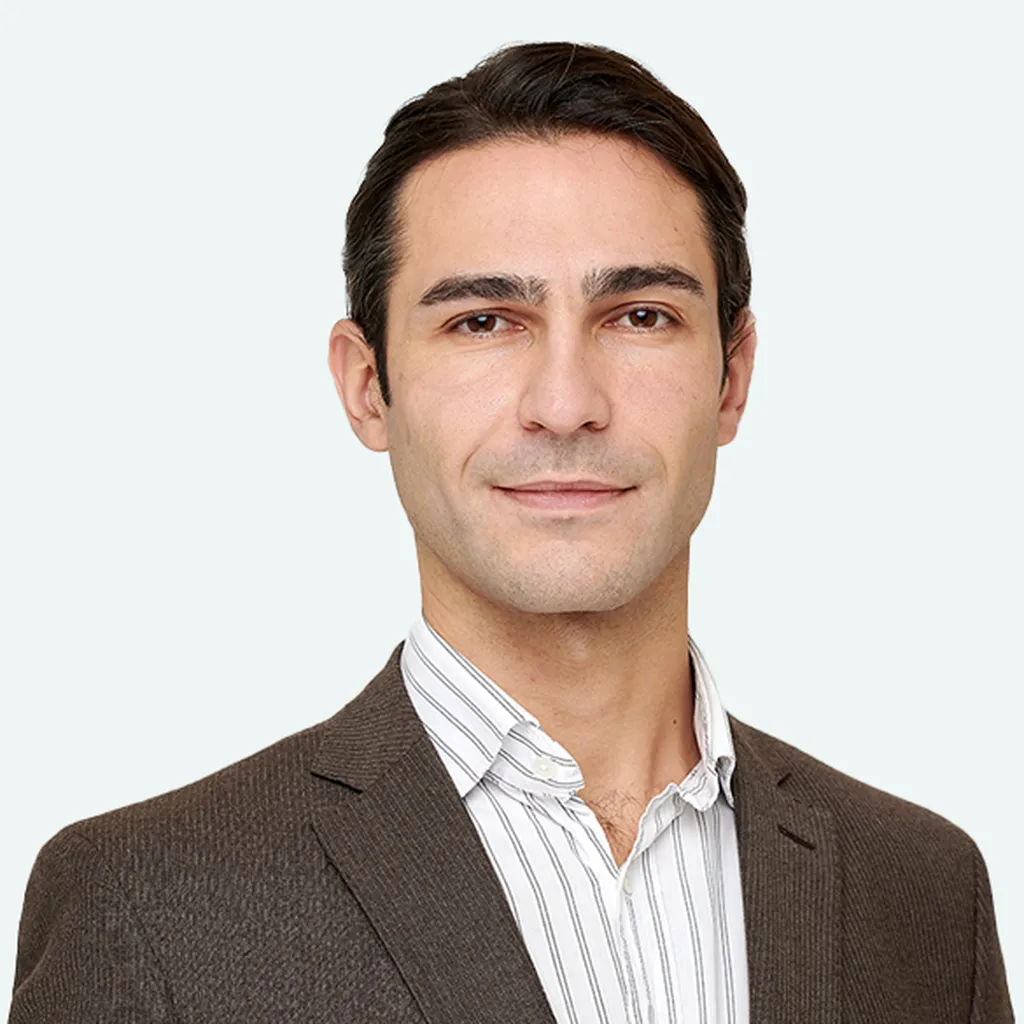In the heart of Italy, researchers are revolutionizing how we understand and interact with arboreal environments, and their work could soon ripple through the agricultural and energy sectors. Rosa Pia Devanna, a scientist at the Institute of Intelligent Industrial Technologies and Systems for Advanced Manufacturing (STIIMA), part of the National Research Council of Italy (CNR) in Bari, has pioneered a novel approach to point cloud processing that promises to enhance the precision and efficiency of autonomous machinery in agriculture.
Devanna’s research, published in the journal *Algorithms* (translated to English as “Algorithms”), focuses on transforming point clouds—data collected by 3D sensors like LiDAR—from the traditional Cartesian space into the frequency domain. This shift allows for the extraction of key spatial structures, which are then used for more accurate point cloud registration, a critical process for localization in environments where GPS signals are unreliable.
“By analyzing point clouds in the frequency domain, we can isolate the most informative spatial features and register them with greater precision,” Devanna explains. “This approach not only reduces localization error significantly but also cuts down on computational complexity, making it a game-changer for agricultural applications.”
The implications for the agricultural sector are substantial. Autonomous machinery, such as drones and robotic harvesters, rely heavily on accurate localization to navigate and perform tasks efficiently. Devanna’s method reduces localization error from 4.37 meters to just 1.22 meters, a 72% improvement. This enhanced precision can lead to more effective crop monitoring, pest detection, and leaf area estimation, ultimately boosting productivity and sustainability in farming.
Beyond agriculture, the energy sector stands to benefit as well. Renewable energy projects, particularly those involving wind and solar farms, often require detailed environmental mapping and monitoring. Autonomous drones equipped with LiDAR can survey these areas, but their effectiveness hinges on precise localization. Devanna’s frequency-domain approach could enhance the accuracy of these surveys, leading to better site selection, maintenance, and overall efficiency.
The research also highlights the potential for broader applications in GNSS-challenged environments, where traditional localization methods fall short. By leveraging the frequency domain, Devanna’s method offers a robust alternative that could be adapted for various industries, from forestry to urban planning.
As the world continues to embrace autonomous technologies, the need for precise and efficient localization methods will only grow. Devanna’s work represents a significant step forward, offering a glimpse into a future where machines can navigate and interact with their environments with unprecedented accuracy. “This is just the beginning,” Devanna notes. “The frequency domain holds immense potential, and we’re only scratching the surface of what’s possible.”
With her groundbreaking research, Devanna is not just advancing the field of point cloud processing; she’s paving the way for a more efficient, sustainable, and technologically advanced future.

